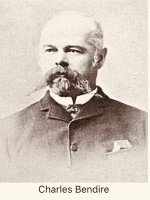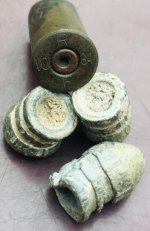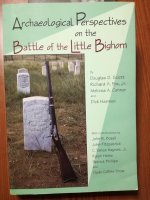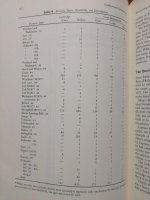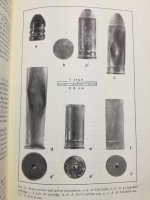OK,
Show of hands, "How many collectors out there actually knew that the Schofield revolver was used at the Little Big Horn"?
Cricket, Cricket , Cricket.....
I had no idea....Sure, I've read that it was "POSSIBLY" used, "MAY HAVE BEEN" used... "Small probability" it was used.....but apparently there is one at the Smithsonian that was picked up off the ground....."loaded of course"....at the Little Big Horn in 1883.
This changes everything for my research of the Schofield revolver and the multi-purpose round that was manufactured at the Frankford Arsenal for both the Colt's 45 and the Schofield revolver.
I was looking at some relic's that were picked up at the Little Big Horn and some of those cartridges and bullets sure look like that "multi-purpose" 45 round manufactured at the Frankford Arsenal.
You know the one? The one you can't hit a barn door with at 30 feet from the Colt's revolver?
Murph
Show of hands, "How many collectors out there actually knew that the Schofield revolver was used at the Little Big Horn"?
Cricket, Cricket , Cricket.....
I had no idea....Sure, I've read that it was "POSSIBLY" used, "MAY HAVE BEEN" used... "Small probability" it was used.....but apparently there is one at the Smithsonian that was picked up off the ground....."loaded of course"....at the Little Big Horn in 1883.
This changes everything for my research of the Schofield revolver and the multi-purpose round that was manufactured at the Frankford Arsenal for both the Colt's 45 and the Schofield revolver.
I was looking at some relic's that were picked up at the Little Big Horn and some of those cartridges and bullets sure look like that "multi-purpose" 45 round manufactured at the Frankford Arsenal.
You know the one? The one you can't hit a barn door with at 30 feet from the Colt's revolver?
Murph
Attachments
Last edited by a moderator:



